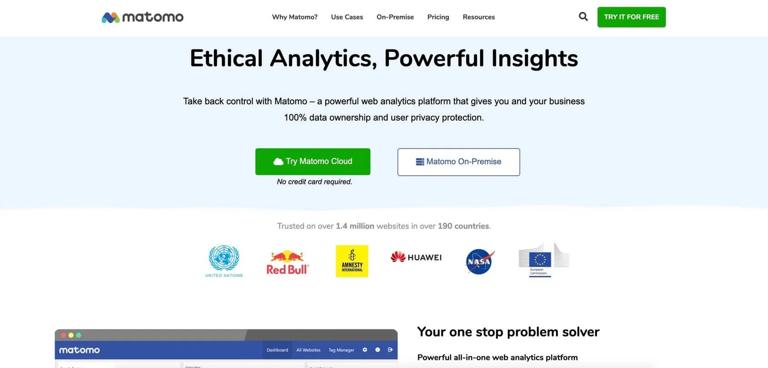
How Transparent Are Performance Reports, Trade Audits, and Account Monitoring?
"Your data tells a story—make sure it’s the real one."
Transparency in trading isn’t just a buzzword; it’s the fine line between trust and suspicion. Whether you’re a prop trader diving into forex, crypto, or commodities, or a retail investor looking at stocks and indices, the question that hangs over every platform is the same: How much of what I see is the whole picture? The raw truth is that performance reports, trade audits, and account monitoring can either make you feel in control—or leave you wondering if you’re just looking at a polished version of reality.
The Mirror and the Makeup: What Transparency Really Means
A performance report should be like looking in the mirror—every win, every loss, every drawdown reflecting exactly how it happened. Too often, though, it’s more like makeup hiding imperfections: cherry-picked data, missing trades, or timeframes cut to look favorable. In prop trading, where firms fund traders based on strict metrics, clarity matters. Imagine spending a month grinding out profits in forex scalping only to see a report that skips volatile days because “it’s cleaner for the client.” Clean doesn’t mean honest.
Trade audits step in as the forensics team. Done right, they trace every execution—price, slippage, spread impact—and confirm your performance wasn’t built on lucky latency or shaky fills. When you’re trading crypto or options, even one-second execution differences can separate profit from loss. Yet not all audits are public, and some platforms prefer to keep them “internal,” which sounds harmless until you realize that “internal” often means “unchecked by anyone outside the company.”
Account monitoring is the third leg of the trust tripod. Real-time metrics on equity, margin, unrealized P/L, and risk exposure keep traders informed and firms protected. But when updates lag, data is rounded, or metrics are recalculated behind the scenes, that tripod starts wobbling. A stable reporting ecosystem is one where you can open your dashboard and know—without cross-checking elsewhere—that what you see is what your account truly reflects.
Multi-Asset Trading: More Data, More Risks
Prop trading in today’s world isn’t limited to one asset class. Firms and traders work across forex, stocks, crypto, indices, commodities, and options—each with its quirks:
- Forex reports can hide spread widening during news events.
- Stocks often rely on end-of-day marks, masking intraday volatility.
- Crypto has notorious exchange slippage and inconsistent price feeds.
- Indices and commodities sometimes reflect futures settlement prices instead of actual trade executions.
- Options report greeks, but not always the real fills affected by volatility crush.
The more asset classes you trade, the greater the need for cross-verified data—because inconsistencies multiply fast when different markets have their own reporting standards.
The Prop Trading Edge: Why Firms That Are Fully Transparent Win Long-Term
A prop firm’s credibility rests on what it shows its traders. In a space where profit splits, funding tiers, and drawdown rules dictate careers, a transparent reporting flow is an asset in itself. Traders are more likely to stay, grow, and perform when there’s no guesswork around whether the numbers are right. Platforms that share raw trade logs, independent audit outcomes, and live account metrics set themselves apart from those relying on glossy summaries. It’s not just ethical—it’s smart business.
The Reliability Playbook: What Traders Should Look For
- Independent Trade Audits – Not just in-house checks. Ask if audits are performed by third-party services that publish reports you can read, not just “available on request.”
- Live Account Tracking – Real equity and margin levels without 5-minute delays.
- Raw Data Access – CSV or API exports of every trade so you can run your own analysis.
- Clearly Defined Metrics – Consistency in net vs. gross returns, drawdown calculation methods, and how commissions are factored.
Transparency isn’t about avoiding mistakes—it’s about ensuring mistakes aren’t hidden.
The Decentralized Curveball
DeFi (Decentralized Finance) promised complete on-chain transparency. And yes, blockchain-based trading logs mean you can verify orders right in a public ledger. But smart contracts still have bugs, decentralized exchanges can stall under network congestion, and some “transparent” protocols only reveal partial data to keep their algorithms guarded.
The dream: A world where performance reports, audits, and account metrics live directly on-chain, visible in real time. The reality: We’re partway there, and volatility in DeFi infrastructure slows mass adoption.
The Road Ahead: AI-Driven and Smart Contracts in Prop Trading
The future is bending toward AI-driven trade surveillance that auto-flags anomalies and smart contract settlement systems where funding, splits, and risk rules execute without human intervention. In theory, you fund a trader, their trades go on-chain, AI watches for manipulative patterns, and profits are split instantly through a contract. In practice, AI models need cleaner training data, and regulatory frameworks still lag behind tech.
Final Take: Transparency in performance reports, trade audits, and account monitoring isn’t a luxury—it’s the baseline for trust. Prop trading firms that invest in full visibility will attract sharper traders, win the credibility battle, and scale faster into multi-asset and decentralized markets.
Slogan: Show the numbers, earn the trust. Trade where truth is the default.
